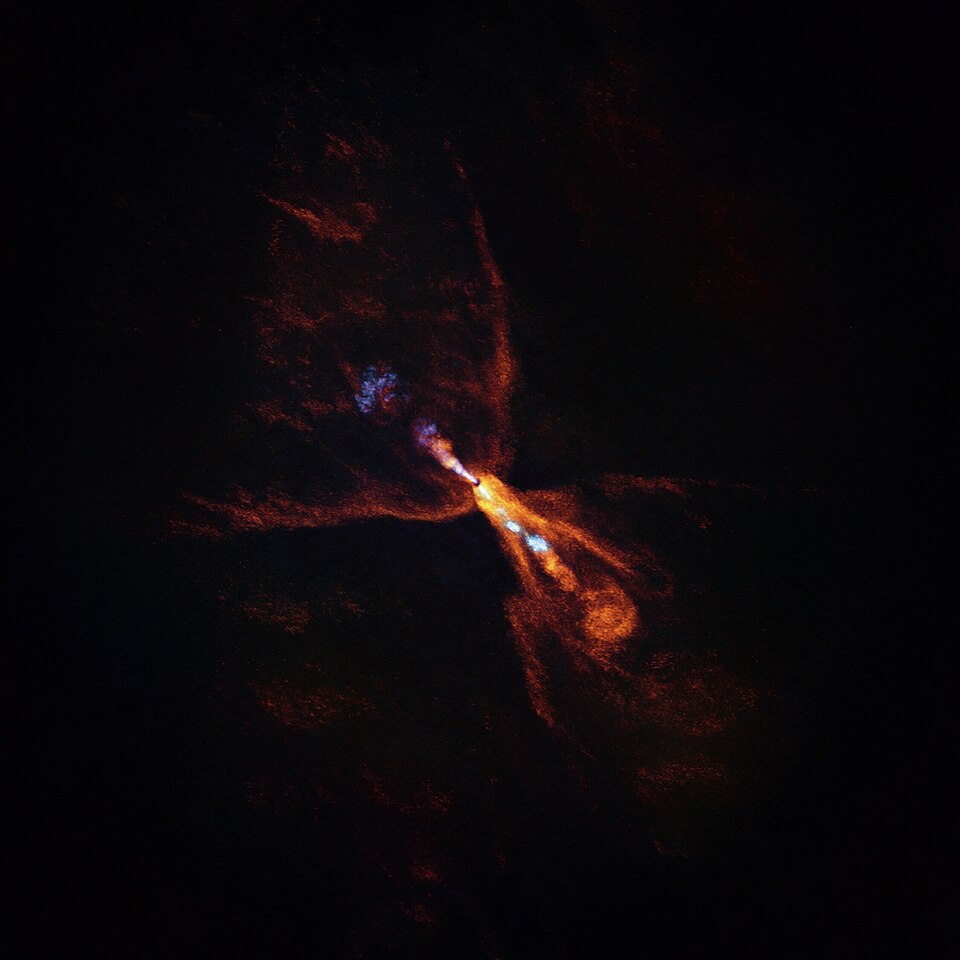Astronomers Capture First Moments of Planet Formation Around Distant Star

Astronomers have made a groundbreaking observation of the initial stages of planet formation around a distant star, HOPS-315, located approximately 1,300 light years from Earth in the Orion Nebula. This remarkable discovery, reported on July 17, 2025, marks the first time scientists have identified the precise moment when planets begin to form around a star other than our Sun, providing new insights into the processes that may have led to the creation of our own solar system.
The research, led by Dr. Melissa McClure, an astrophysicist at Leiden University in the Netherlands, indicates the presence of hot minerals within the protoplanetary disc surrounding HOPS-315. This disc comprises massive rings of gas and dust, where planets typically develop. The study highlights that the crystallization of minerals containing silicon monoxide is an early indicator of planet formation. Dr. McClure states, "For the first time, we have identified the earliest moment when planet formation is initiated around a star other than our Sun."
The findings were published in the journal Nature, with co-author Dr. Merel van’t Hoff also contributing to the study. The team utilized the James Webb Space Telescope to initially detect the minerals, subsequently employing the Atacama Large Millimeter/submillimeter Array (ALMA) in Chile to pinpoint the chemical signals emanating from the disc. Their observations revealed that these minerals are forming in a region analogous to the asteroid belt in our solar system.
The implications of this research are profound, as they enable scientists to observe a system that mirrors the early stages of our solar system’s formation. According to Dr. McClure, this discovery allows for a unique opportunity to witness the processes that may have birthed Earth and other planets in our solar system.
This research not only expands our understanding of how planetary systems evolve but also raises important questions about the conditions necessary for planet formation. Analyzing the similarities between HOPS-315 and our Sun can provide critical information about the commonalities in star and planet formation across the universe.
The study builds upon previous research that proposed that crystalline minerals were essential components in the formation of Earth and Jupiter. These minerals are believed to have been encapsulated in ancient meteorites that fell to Earth long ago. The current observations suggest that the same processes are at play in the formation of HOPS-315's planetary system.
The significance of this discovery extends beyond academic curiosity; it opens avenues for further exploration into the dynamics of star formation and the potential for discovering exoplanets that might harbor conditions suitable for life. Future studies will likely focus on how such formations develop over time and whether similar processes occur around other young stars.
As researchers continue to examine the data collected from HOPS-315, the planetary formation process observed could illuminate not only the history of our solar system but also the processes governing planetary systems throughout the cosmos. This research exemplifies the advancements in astronomical technology and the continual quest to understand the universe’s mysteries.
In conclusion, the observation of HOPS-315 serves as a pivotal moment in astronomy, allowing scientists to witness the beginnings of planet formation and potentially reshape our understanding of how solar systems like ours came to be.
Advertisement
Tags
Advertisement





